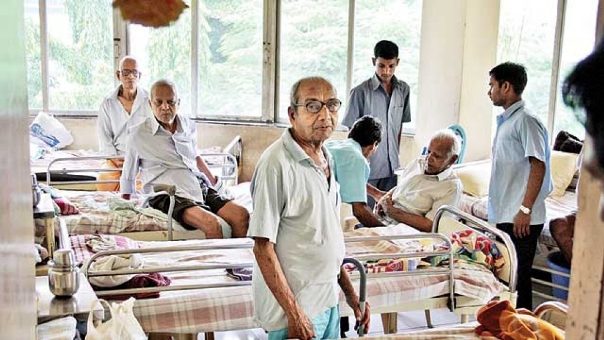Shedding the ‘old age homes’ stigma once attached to facilities for the elderly, senior living homes have become a respectable real estate category – one which, in times of the COVID-19 scare, gains even more relevance. The aged are a high-risk group for the novel coronavirus – senior living projects have healthcare staff, scalable facilities and processes in place to keep them safe. In-house doctors and nursing, rapid access to hospitals and strict sanitation processes are not found in normal housing projects. To meet the objective of maintaining a vibrant senior community, visitors are monitored and can easily be curtailed further.
In terms of supply, South Indian cities are considerably ahead with nearly 65% of the overall senior living projects located within the region, states ANAROCK’s recent report on alternate real estate asset classes. As on date, there are at least 40 senior living projects by the top 14 players within this niche segment across the country – either under construction or completed and occupied. Of this, nearly 26 projects are located in South India.
Prominent senior living hubs in south India include Coimbatore, Puducherry, Chennai, Bengaluru, Kodaikanal, Mysuru, Kochi and Kanchipuram. Among these, Coimbatore has the maximum number of projects (around 7). The city seems to have emerged as one of the top retirement havens in India due to excellent healthcare facilities, trained staff availability and salubrious climate.
In the western region, Pune – the quintessential pensioner’s paradise – currently has at least six projects exclusively for senior citizens.
Prashant Thakur, Director & Head – Research, ANAROCK Property Consultants says, “The coronavirus scare gives renewed credence to senior living, which is the only residential real estate category which has a strong healthcare component. It is now emerging as more than just an exciting but under-served alternate asset class created by changing socioeconomic factors and increased life expectancy. Seniors have been identified as the most vulnerable demographic for the novel coronavirus. In light of the recent crisis, senior living may be a lot more than just a unique mix of real estate, hospitality and healthcare.”
There are good reasons for South Indian cities emerging as the most vibrant senior living hubs – favourable climate, improved connectivity and an abundance of trained healthcare workers are major factors contributing to their pre-eminence in this field. The other hotspots for senior living in India are currently Pune and Vadodara in the West and Bhiwadi, Chandigarh, Jaipur, Dehradun, Faridabad and Kasauli in the North.

India’s advanced aged population (>60 years) is estimated to cross 173 million by 2026, so there is a massive underlying potential within this niche segment. Also, far from being the social stigma the concept once carried, specialized housing for the elderly is now the most emphatic statement of their dignity and independence.
With rising nuclear families and changing social environment, retirement homes and not only acceptable but popular options. However, though some developers are refining the art of creating projects for independent seniors, India needs much greater active participation of leading developers to build integrated retirement communities. Given that demand for such projects is rising in tandem with a relatively healthier ageing population, the current and future supply is still woefully inadequate.
A large number of the senior citizens today are independent, well-travelled, financially stable and socially connected. They have every right and inclination to decide how they want to live in their golden years. More private players must venture into this segment and cash in on the growing opportunity. Developers, service providers, healthcare players and operators must create solutions specific to India while leveraging learning and best practices from across the world.


